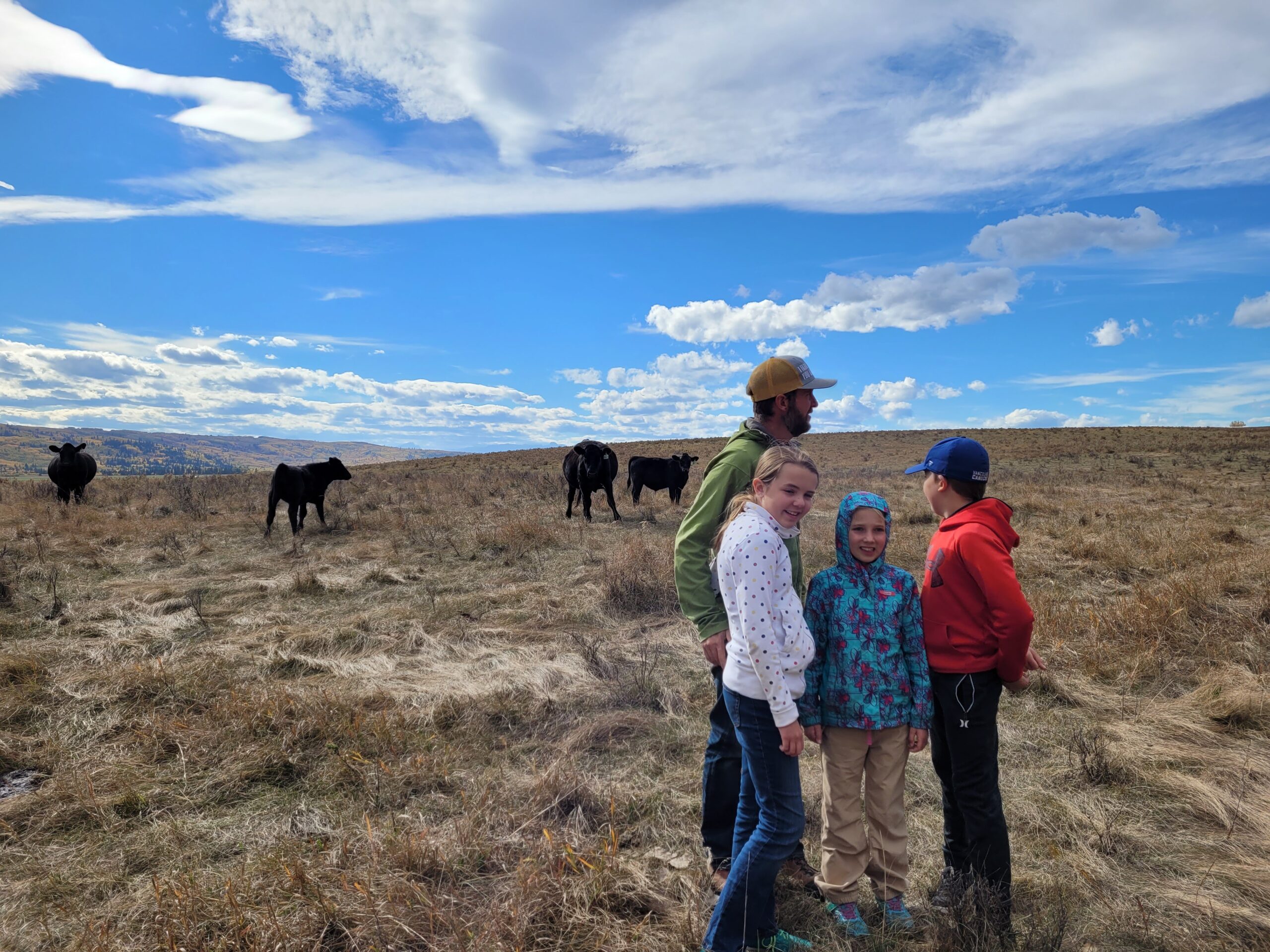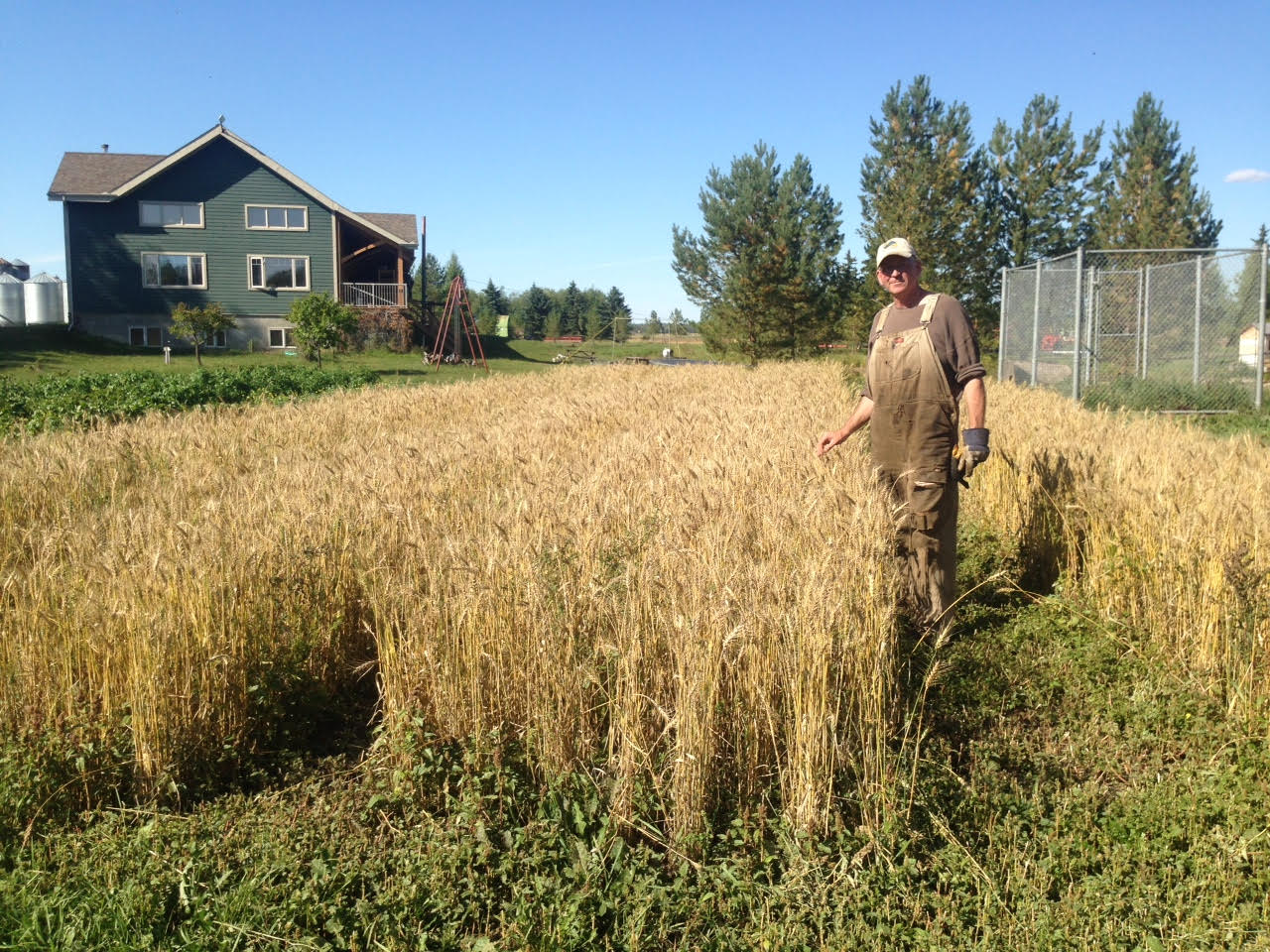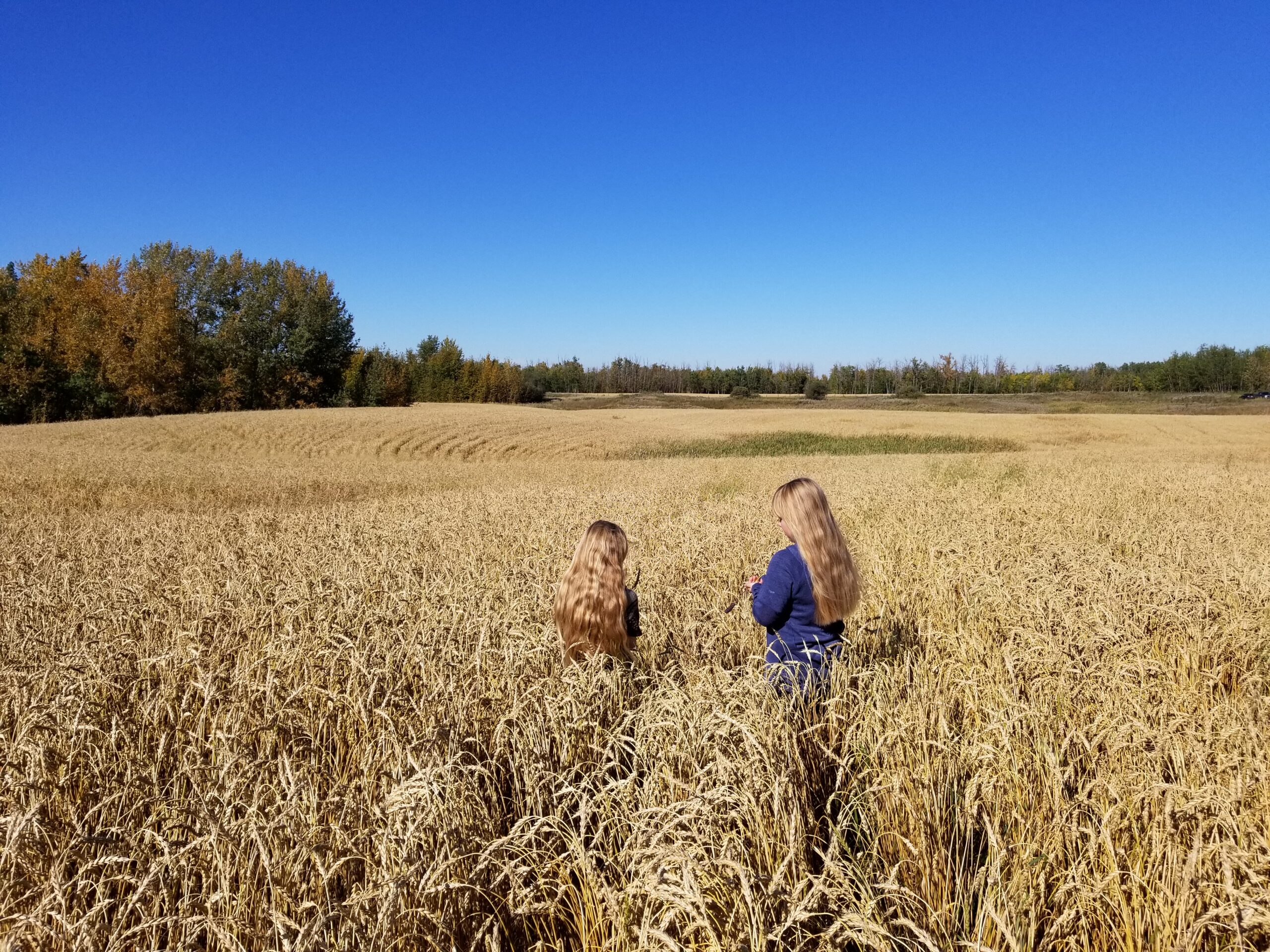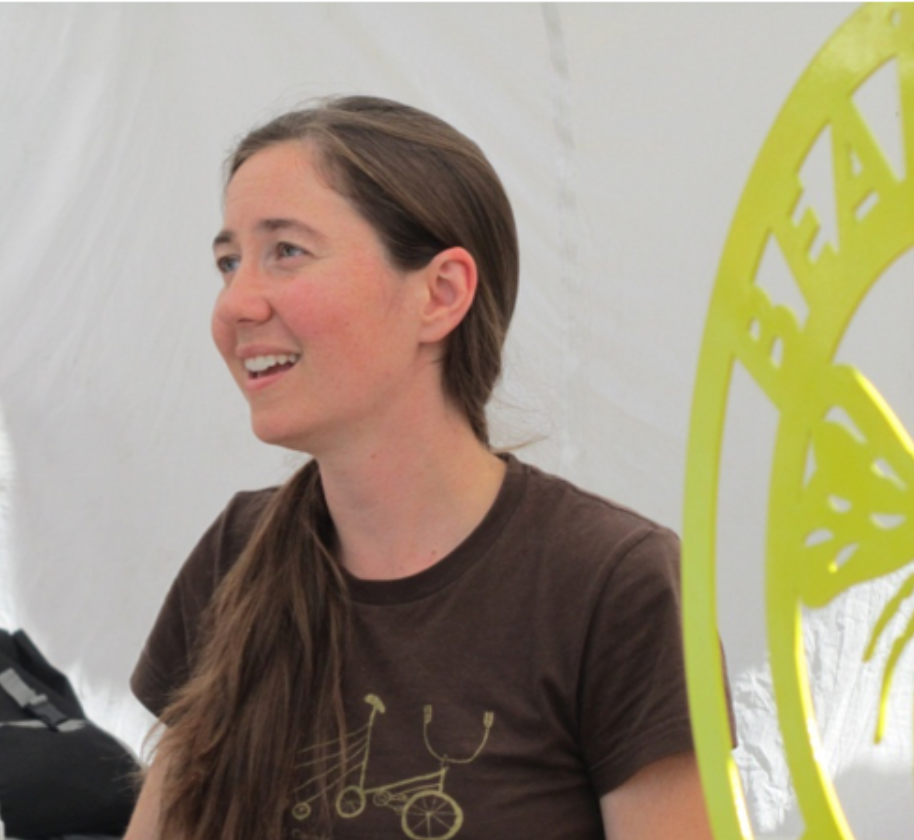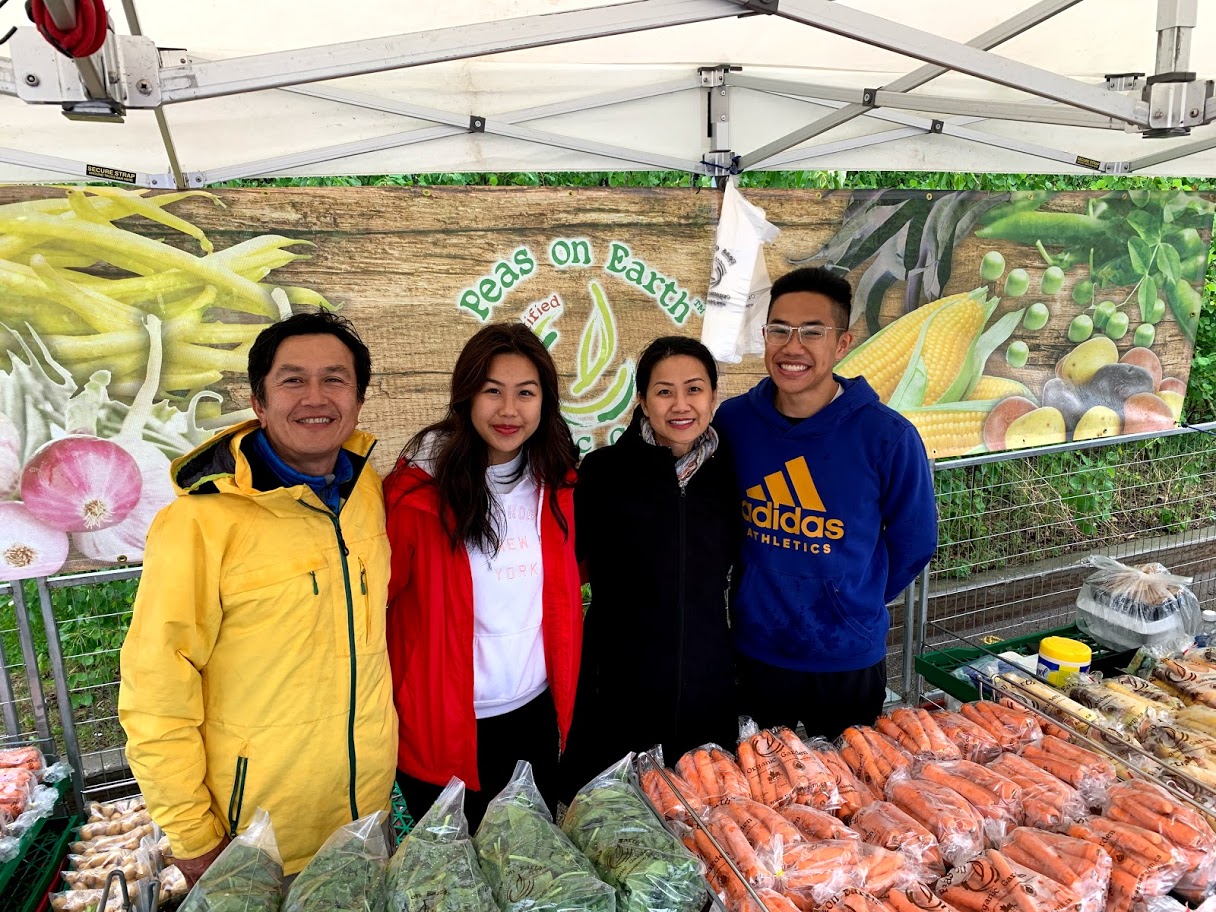
From Urban to Rural Agriculture — Reclaim Organics, Leduc County
Ryan Mason, owner of Reclaimed Organics, a certified organic vegetable and herb farm in Leduc County, spent most of his twenties traveling the world studying agriculture and food systems. He travelled across several continents, working alongside campesinos in Mexico and wakulimu (small farmers) in Tanzania.
But Ryan’s roots on the Canadian prairies travel even deeper. He spent the first eighteen years of his life on his family’s farm — a small-scale chicken operation — in Pigeon Lake, Alberta. Ryan has fond memories of growing up on the farm, helping feed the chickens, and picking raspberries with his brother. After graduating from high school, Ryan pursued an undergraduate degree in global development studies at Augustana University in Camrose. “It was there where I rediscovered my passion for food and food studies,” he says.

